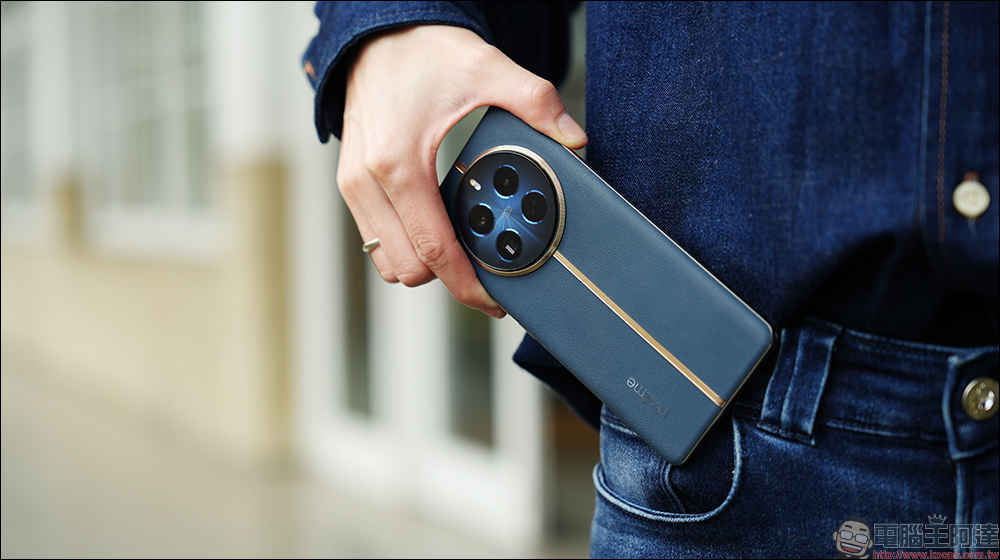Why Don’t Cell Phones Need Fans Despite Being as Powerful as Computers?
The latest mobile phones on the market are equipped with processors and graphics cards that rival those found in mid-range computers, yet they do not require fans for cooling. This may leave many users wondering why this is the case and how these devices are able to operate without the need for active cooling systems.
One of the main reasons why mobile phones do not have fans is due to the design constraints imposed by manufacturers. Phone companies have been striving to make their devices as slim and sleek as possible, and adding a fan would increase the thickness of the device significantly. Not only that, but fans require space to operate and can easily break if not handled carefully. This is a risk that phone manufacturers are not willing to take, especially given the likelihood of phones being dropped or exposed to rough handling.
Additionally, fans do not perform well in small spaces, and the heat generated by components in a confined area can lead to overheating and potential malfunctions. Mobile phones, being compact devices, do not have the necessary space for an effective fan system to operate without causing further issues.
Furthermore, mobile CPUs are designed to be more energy-efficient and generate less heat compared to their computer counterparts. The thermal power design of a CPU, known as TDP, indicates the maximum amount of heat the processor will generate under full load. High-end mobile processors like the Qualcomm Snapdragon 8 Gen 3 have relatively low TDP values compared to desktop CPUs and GPUs, making them suitable for passive cooling methods.
Instead of fans, smartphones rely on passive cooling methods, utilizing the thermal conductivity of materials within the device to dissipate heat. This means that the phone can transfer heat without the need for mechanical parts, similar to opening windows for passive cooling in a house.
While some phones, like the Lenovo Legion Phone Duel 2, do contain fans, these are not yet mainstream and most manufacturers are exploring alternative cooling technologies such as vapor chamber cooling and graphite sheets. These innovations aim to provide efficient cooling without compromising the slim and sleek designs of modern smartphones.
In conclusion, while fans may improve the performance of mobile phones, they come with drawbacks such as bulkiness and fragility. Smartphone manufacturers are continuously seeking new ways to enhance cooling efficiency without compromising the overall design and user experience of their devices. As technology advances, we can expect to see more innovations in smartphone cooling systems that allow for powerful performance without the need for fans.
